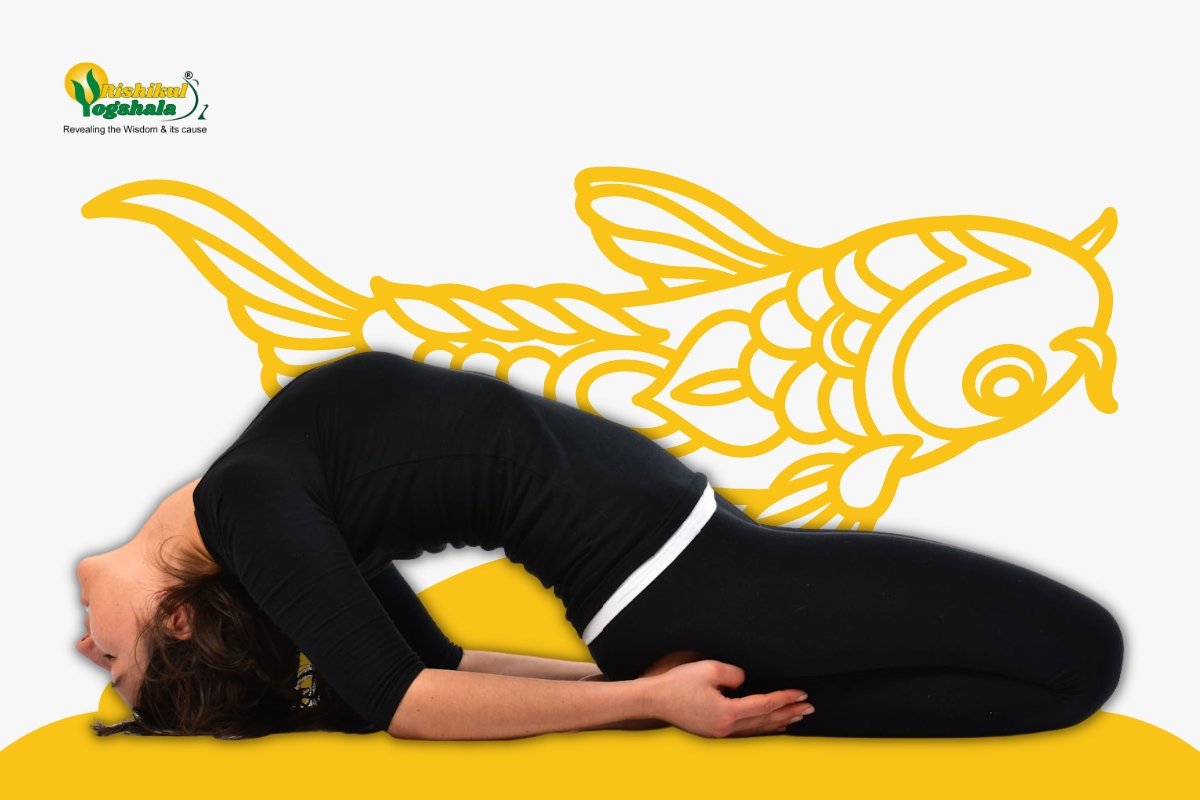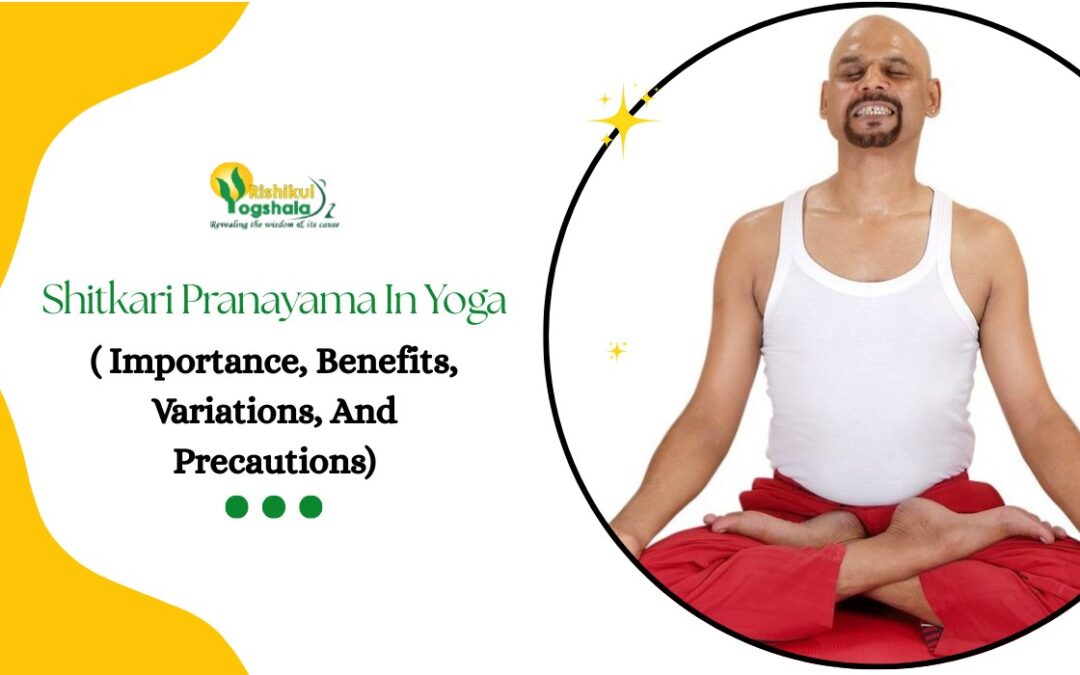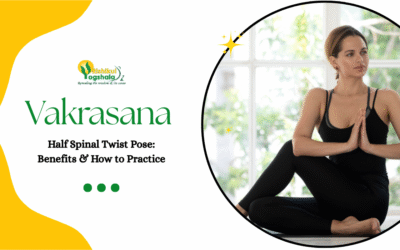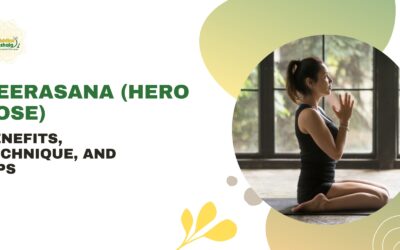With Fish Pose or Matsyasana in Sanskrit, you may increase your body’s energy and battle exhaustion while enhancing your confidence by giving your shoulders a gentle stretch.
Most newbies are unable to do this posture with their legs in Padmasana (Lotus Pose), which is how it is often performed. The legs are held straight the entire time in this modified variation of the Fish Pose.
All of these might seem a little confusing, right? Worry not! In this blog, we debunk everything that you need to know about the Fish Yoga Pose or the Matsyasana.
Fish Yoga Pose Benefits
The fish posture in yoga stretches the front of your body, such as the chest, abdomen, hip flexors, neck, and back. Even in yoga asanas, this position includes body parts that are occasionally neglected.
As opposed to the Shoulder stand, which has the chin firmly tucked, the neck stretched, and the spine in a posture of flexion, Fish is a suitable counter pose because the chin is elevated, the neck is bent back, and the spine is in extension. Fish has a lot of promise from a chakra standpoint since it activates two crucial but difficult-to-access zones.
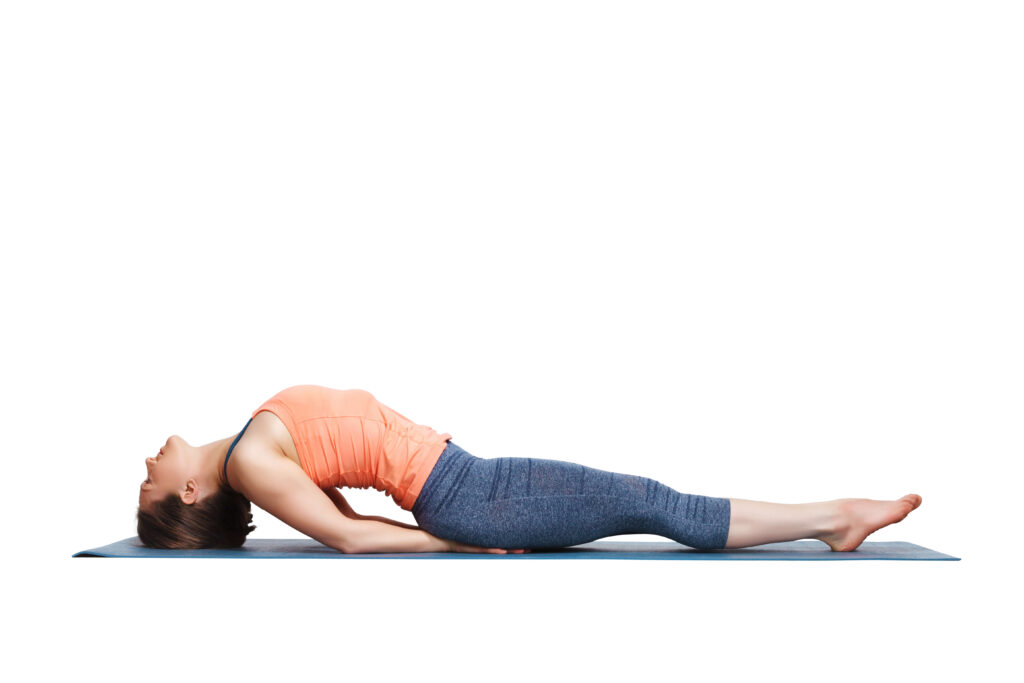
The throat chakra, or vishudda, is the first and is associated with expression and communication. If this region is blocked, which is sometimes summed up as “saying your truth,” it suggests that you are holding things inside that you would be better off letting out. There aren’t many yoga positions that expand the throat as much as Fish does.
Additionally, the fish pose in yoga highlights the Sahasrara (crown) chakra on top of your head. Once again, not many yoga postures provide pressure on the crown, which is associated with wisdom and intelligence.
How to Do The Fish Yoga Pose (Matsyasana)?
- Lie on your back with your knees bent and your feet flat on the ground. Inhale deeply, raise your pelvis a little bit off the ground and place your hands—palms facing down—below your buttocks. Put your glutes on the backs of your hands as you hold this position; do not lift them off of your hands. Be sure to firmly tuck your forearms and elbows into the sides of your chest.
- Inhale deeply, then firmly slam your forearms and elbows into the ground. Next, while breathing in, press your shoulder blades together and lift your upper body and head off the ground. Let your head drop back to the ground after that. Depending on how high you arch your back and lift your chest, the crown or the back of your head will rest on the floor. Only a little weight should be on your head to avoid straining your neck.
- Either keep your knees bent or put your legs straight out in front of you. If you pick the latter, keep your thighs tight and push out through your heels.
- Take a standard 15- to 30-second breather. Bring your head and torso to the ground as you exhale. Pull your thighs up toward your stomach while squeezing.
Safety Precautions When Practicing Fish Yoga Pose (Matsyasana)
- If you have a headache, neck or back pain, or both, stay away from this position.
- In this stance, beginners occasionally strain their necks. Put a densely folded blanket beneath the back of your head if you have any pain in your neck or throat. Alternatively, you might also slightly lower your chest towards the floor.
- Be careful to use your legs, heels, and forearms to elevate your upper body, protecting and supporting your head and neck. You should have a continuous arch in your neck and back. Think about placing your crown’s midpoint—rather than your forehead—on the ground.
Modifications of the Fish Yoga Pose
This stance may be adjusted to make it more comfortable and difficult by using different modifications.
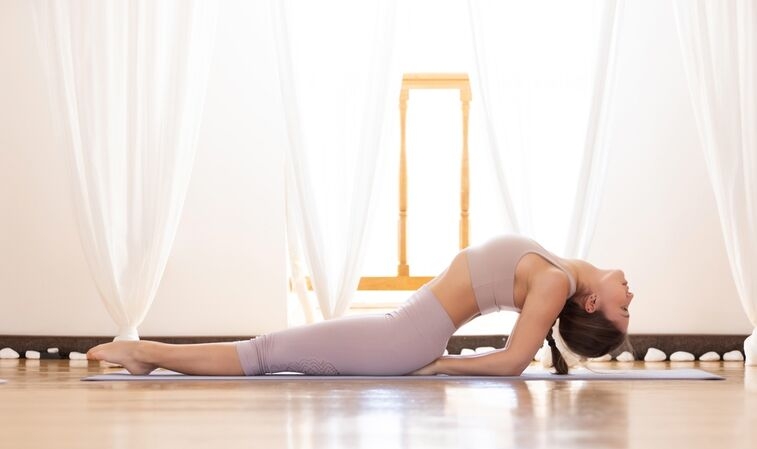
Modification
As was already established, this pose is often done with the legs in Padmasana, which is difficult for even many advanced students to do. Here is a difficult variant of the aforementioned posture. As stated in step 3 above, strike the stance with the legs straight on the ground. Then, as you exhale, raise your legs off the ground so that they are at a 45-degree angle with the ground. Hold while firmly pushing through the heels for 15 to 30 seconds. After exhaling, lower the legs to the ground and lay your torso and head on the ground.
Challenging
- Try the following alternatives if the Fish yoga pose makes you feel secure and at ease. They might be carried out concurrently or independently.
- Your hands should be touching as you raise your arms towards the ceiling. If you try this variant, watch out that your chest doesn’t collapse and that the top of your head stays on the floor.
- Legs raised at a 45-degree angle
Conclusion
Yoga must be practiced with good form and technique in order to be safe and successful. If you have a background of or present health issues, speak with your doctor before beginning a yoga practice. Yoga poses may be modified to meet your unique needs.
Incorporating this pose into your practice can lead to significant improvements in overall well-being. For those interested in deepening their yoga journey, consider enrolling in a yoga teacher training program. Rishikul Yogshala in Rishikesh offers comprehensive courses like the 200 Hour Yoga TTC In Rishikesh, 300 Hour Yoga Teacher Training In Rishikesh, and 500 Hour Yoga Teacher Training Rishikesh. These programs are designed to help you master your practice and share the transformative power of yoga with others.

